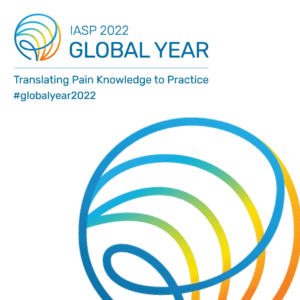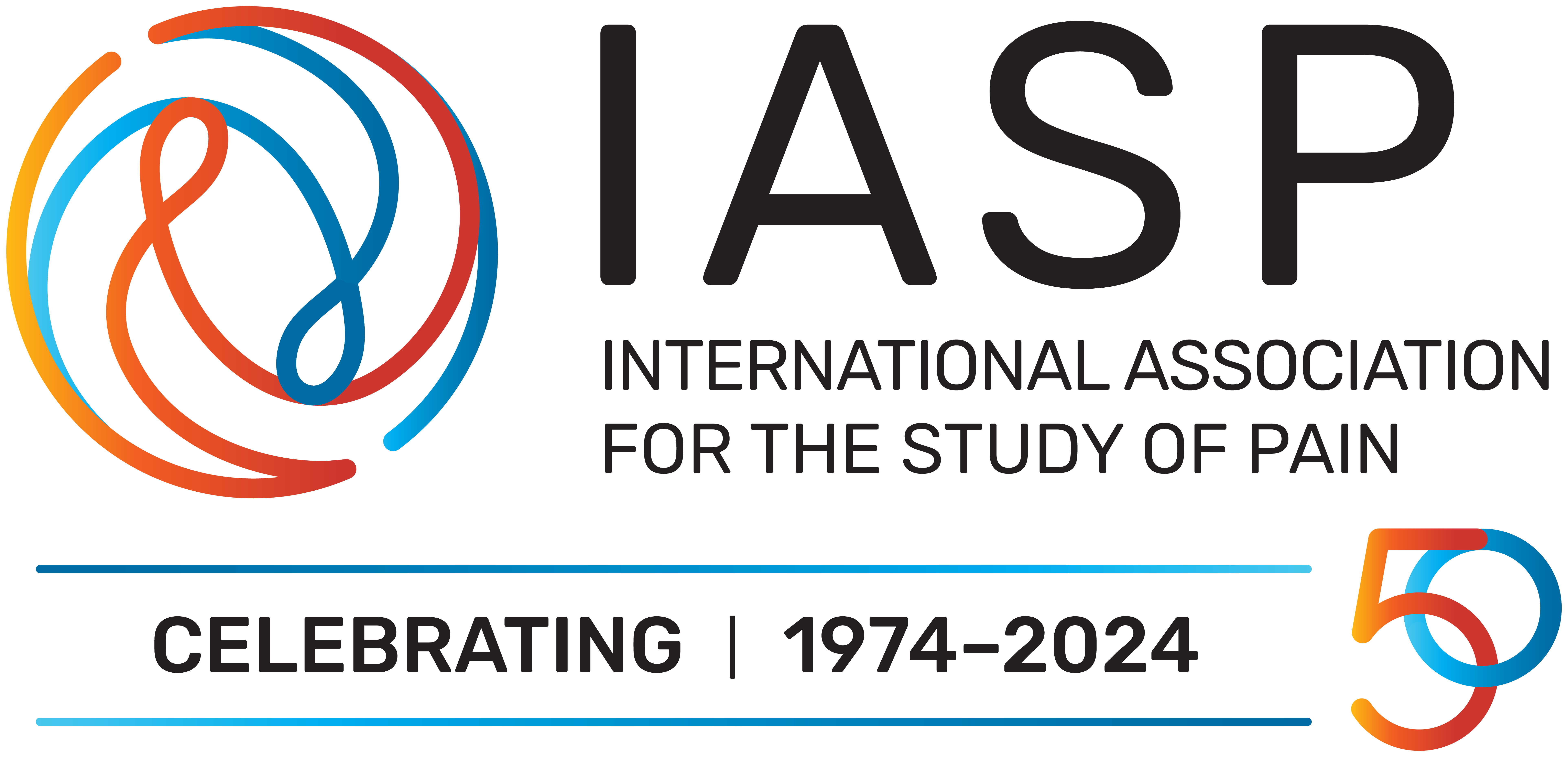- Anniversary/History
- Membership
- Publications
- Resources
- Education
- Events
- Outreach
- Careers
- About
- For Pain Patients and Professionals
Skip to content
Papers of the Week
Can fifth nerve mapping guide rhizotomy for recurrent trigeminal neuralgia? – case report.
Authors
Abstract
Introduction Microvascular decompression (MVD) is usually considered the first-line treatment for trigeminal neuralgia (TN) when medical treatments fail. Recurrence is rare and best treatment option is controversial. MVD was proposed as a feasible and effective technique for recurrent TN by many authors. Nevertheless, in a substantial number of cases, impingement or deterioration are found intraoperatively and partial selective rhizotomy is then advised. The rhizotomy site is mostly guided by anatomical landmarks, but variations due to scarring and adhesions are common pitfalls in these second surgeries. Intraoperative monitoring is frequently used during MVD for trigeminal neuralgia. We describe the use of nerve mapping in a case of recurrence, revealing an unexpected rootlet distribution and thus safely guiding partial rhizotomy. Clinical Presentation A 53-year-old woman had suffered from bilateral trigeminal neuralgia for 10 years. Symptoms began on the right side. MVD resolved her symptoms but, after a few months, she developed left TN which persisted after left MVD, radiofrequency and radiosurgery. She was referred to our center for a second MVD on the left side. Intraoperative inspection detected no relevant findings, and nerve mapping followed by partial selective rhizotomy was performed. Complete pain relief was achieved. There were no complications. Conclusion Rhizotomy is seldom employed for refractory trigeminal neuralgia. The effects of previous treatments can jeopardize anatomical landmarks. Nerve mapping seems a promising tool to improve results.

